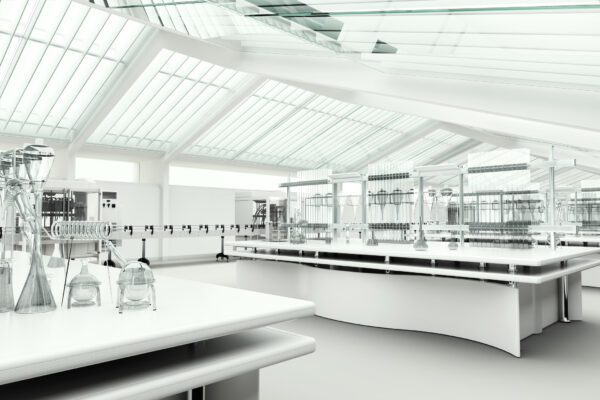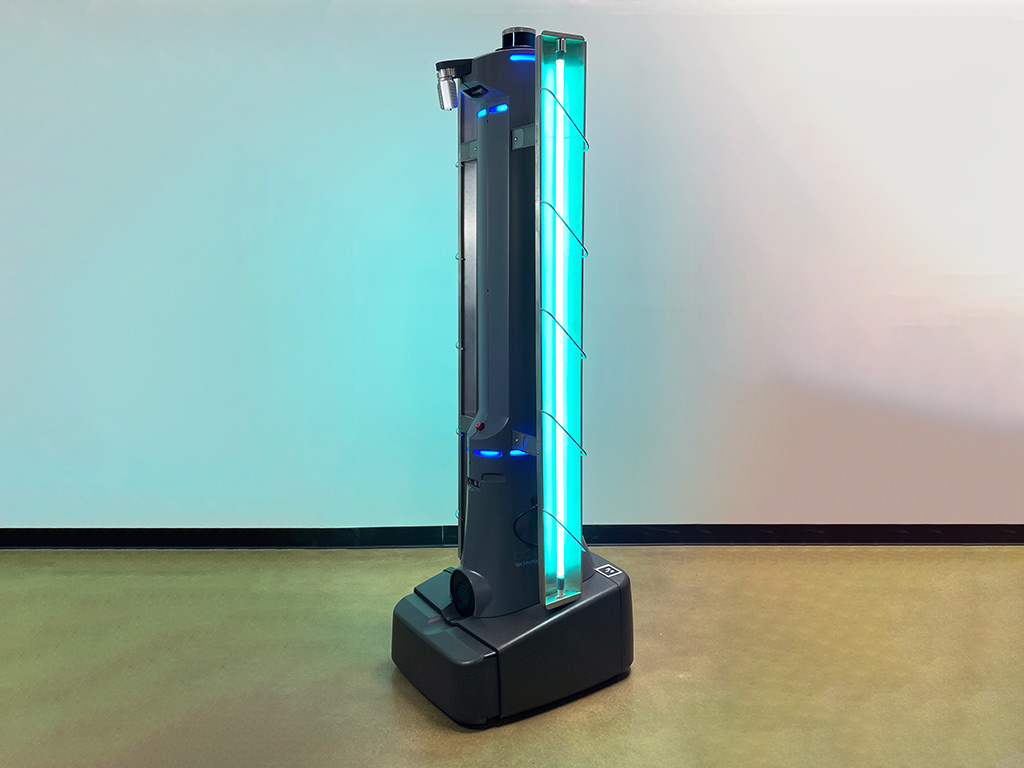UV Surface Disinfection Techniques: Taking Full Advantage Of Efficiency for Germ-Free Spaces
UV Surface Disinfection Techniques: Taking Full Advantage Of Efficiency for Germ-Free Spaces
Blog Article
UV Disinfection: The Cutting-Edge Technology Changing Cleanliness Practices
In the realm of sanitation techniques, one innovation has actually arised as a game-changer: UV disinfection. From medical care settings to food handling, UV disinfection is making its mark in various sectors.
How UV Sanitation Works
UV sanitation works by utilizing ultraviolet light to damage or inactivate microbes, supplying a extremely effective and chemical-free approach of cleanliness. This technology harnesses the power of short-wavelength UV-C light, which is qualified of damaging the DNA and RNA of microorganisms, thus providing them incapable to create and duplicate harm.
The process begins with the installment of UV disinfection systems, which consist of UV lights that send out UV-C light. These lamps are purposefully put in areas where microbial contamination is a worry, such as water treatment plants, health centers, research laboratories, and food processing facilities.
When microbes are exposed to UV-C light, the photons penetrate their cell wall surfaces and get to the DNA and RNA within. The high-energy UV-C photons interrupt the hereditary product by creating bonds between nearby nucleotides, leading to the formation of thymine dimers. These dimers prevent the bacteria from reproducing, rendering them harmless.
UV sanitation is very efficient versus a large range of bacteria, consisting of bloodsuckers, microorganisms, and infections. It is especially reliable against waterborne pathogens like E. coli, Giardia, and Cryptosporidium. Furthermore, UV disinfection is a chemical-free technique, eliminating the requirement for potentially dangerous anti-bacterials and lowering the threat of hazardous disinfection spin-offs.
Advantages of UV Disinfection
UV disinfection offers numerous benefits in the field of hygiene, making it a very liked method for successfully getting rid of dangerous bacteria. Unlike traditional sanitation approaches that depend on chemicals, UV sanitation utilizes ultraviolet light to destroy the DNA of microorganisms, providing them not able to recreate and trigger infections.

UV sanitation is likewise very versatile in its applications. It can be utilized in various setups, consisting of medical facilities, institutions, food processing centers, and water therapy plants. UV sanitation systems can be conveniently integrated right into existing sanitation techniques, providing an added layer of protection versus infectious diseases.
Along with its efficiency and flexibility, UV sanitation is likewise eco-friendly. It does not create any kind of harmful by-products or deposits, making it a lasting and secure method for cleanliness - uv surface disinfection. Furthermore, UV sanitation needs minimal upkeep and has a lengthy life expectancy, leading to cost financial savings in the future.
UV Disinfection in Medical Care Setups
In healthcare setups, UV disinfection has actually emerged as a groundbreaking approach for successfully eliminating hazardous microorganisms. UV disinfection works by giving off ultraviolet light at a certain wavelength that is dangerous to bacteria, viruses, and other bacteria.
To start with, UV disinfection is a non-chemical approach, making it an eco friendly alternative compared to typical disinfection approaches that often include the usage of harsh chemicals. Making use of UV light gets rid of the requirement for chemical anti-bacterials, decreasing the threat of damaging deposit or chemical exposure to both clients and health care employees.
Additionally, UV disinfection is extremely effective in killing a large range of microorganisms, consisting of drug-resistant bacteria such as MRSA and C. difficile. It offers a dependable and constant sanitation procedure, making certain that all surface areas and tools are completely sanitized, also in hard-to-reach locations.

UV Sanitation in Food Handling
The application of UV disinfection extends beyond health care settings and finds substantial worth in the realm of food handling. uv surface disinfection. UV disinfection innovation is coming to be significantly preferred in the food market because of its capacity to properly remove unsafe microorganisms and enhance food security
Among the primary benefits of UV disinfection in food processing is its capability to target a wide variety of bacteria, including molds, infections, and germs. By making use of UV light at specific wavelengths, it is possible to interrupt the DNA and RNA of these virus, providing them incapable to cause or duplicate injury. This modern technology can be applied to various stages of the food handling chain, consisting of surface area disinfection, equipment sanitation, and water therapy.
UV sanitation provides a non-thermal and chemical-free technique of disinfecting foodstuff. see it here Unlike conventional disinfection methods that depend on chemicals or warmth, UV modern technology does not leave any deposit or change the taste, appearance, or dietary value of the food. This makes it an ideal remedy for sectors that need rigorous adherence to high quality requirements.
Furthermore, UV sanitation systems are very easy to operate and install, requiring minimal upkeep. They can be incorporated into existing processing lines without creating substantial disturbances to the link production procedure. In addition, UV systems have a fast treatment time, enabling continual processing and lowering downtime.
The Future of UV Disinfection

One area where UV disinfection is expected to make substantial developments remains in the field of health care. With the surge of antibiotic-resistant microorganisms and the demand for much more reliable sanitation approaches, UV light has the possible to play a crucial role in lowering healthcare-associated infections. UV sanitation systems can be made use of to sanitize surfaces, equipment, and also the air in medical care centers, helping to prevent the spread of dangerous virus and boost person safety and security.
An additional sector that can gain from innovations in UV sanitation modern technology is the food sector. UV light has actually already verified to be an efficient method for decontaminating food items and minimizing the threat of foodborne ailments. As modern technology improves, we can expect to see more cost-efficient and reliable UV sanitation systems being applied in food handling plants, ensuring that the food we consume is secure and free from unsafe germs.
Conclusion
Finally, UV sanitation is a sophisticated innovation that is transforming sanitation methods in healthcare setups and food processing. By making use of UV light to eliminate or shut off microbes, it provides numerous benefits such as efficiency, safety, and effectiveness. With ongoing advancements in this field, UV disinfection holds excellent possible for the future of hygiene, offering a sustainable and trustworthy solution for preserving tidy and sanitary environments.
UV disinfection is a chemical-free approach, eliminating the demand for possibly dangerous disinfectants and minimizing the risk of harmful sanitation byproducts.
Unlike conventional sanitation methods that count on chemicals, UV disinfection utilizes ultraviolet light to ruin the DNA of microbes, making them incapable to reproduce and cause infections. Unlike standard sanitation methods that count on chemicals or warmth, UV technology does not leave any residue or modify page the preference, appearance, or dietary value of the food. As innovation enhances, we can anticipate to see more effective and cost-effective UV disinfection systems being executed in food handling plants, guaranteeing that the food we take in is risk-free and complimentary from unsafe microorganisms.
In final thought, UV sanitation is an innovative innovation that is changing cleanliness methods in health care settings and food processing.
Report this page